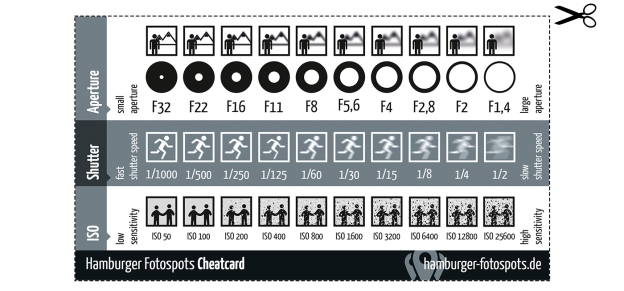I recently discovered this trailer for a film I’d never heard of: ‘Artists and Alchemists’, (2011). It sounds terrific.
Artists & Alchemists is a feature documentary film that explores the resurgence of 19th century chemical photography. By following ten renowned photographers creating daguerreotypes, ferrotypes and wet plate collodion photographs, Artists & Alchemists documents the sacrifice and personal vision needed to revive these once forgotten art forms. Viewers enter the studios of Jayne Hinds Bidaut, Chuck Close, John Coffer, Adam Fuss, Mark Kessell, Sally Mann, Mark Osterman, France Scully Osterman, Irving Pobboravsky and Jerry Spagnoli to get a first hand account of how each photographer incorporates this antiquated process into modern art. Interlaced with expert interviews, Artists & Alchemists investigates photography’s origins, technological evolution, and illustrates the profound impact in today’s world.
Link to the film website with much more information: http://www.artistsandalchemists.com/film
Now the only trouble is to find a copy, or where it is available for download…






